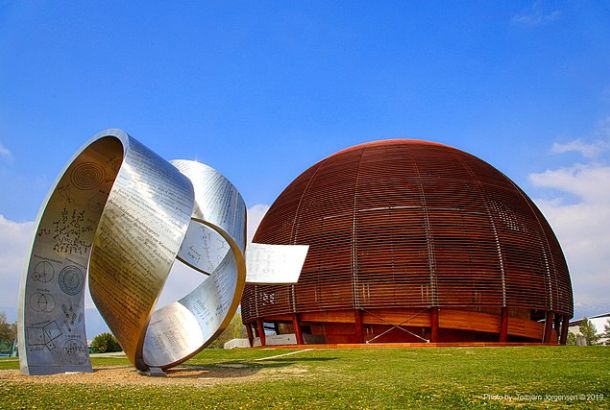Who’s ‘packing’ in the primates?

Did you know that male silverback gorillas weigh around 250 kilograms, but their penis and testes are only 10 grams? That’s equivalent to a vending machine having a testis the weight of 10 paperclips. Whilst this may seem surprising, gorillas don’t need massive genitals given the sexual dynamics of this species. Silverback males own a group of three-four females, known as a harem, who are constantly either pregnant or breastfeeding. What’s more, each of these females are only fertile about once or twice every four years! So, a large penis is not exactly necessary.
Chimpanzees are pretty promiscuous creatures with several males mating with one female whilst she is fertile. This results in sperm competition whereby each of the males need to produce lots of sperm to outcompete the other males. The more sperm produced, the more likely it is that the female’s offspring will have that chimp’s DNA (which is the main goal in all primates, and indeed many animals). To accommodate this increased level of sperm production, the chimpanzee’s testis is relatively large, at a weight of 150 to 170 grams. This is a third of the size of its brain. To put that into perspective, a human’s testis is only 50 grams, so chimps have a testis that is 3 times that!
However, the penis size of many primates is much compared to the testes. The largest gorilla will only have a penis that is two and half inches long when erect. In fact, humans have a proportionately large penis size compared to their body size – but length is not everything (am I right?). The size and shape of penises in primates vary too and compared to other animals, the human penis is actually rather dull.
We are the only primate without a bone in the penis and have a relatively more simple structure. Primates with simpler penises tend to be monogamous (only have one partner) or polygynous (mate with only a few partners). The more complex penises belong to primates like bushbabies and lemurs, who mate with many partners in their lifetime.
Say what you will about animal penises but they’re a perfect example of how fascinating, diverse, and maybe a bit weird, nature truly is.
Next time: Bonobo menstruation.
Do you know any bizarre adaptations in other species? Get in touch with the science section to feature in our weird and wonderful amazing animal column!







